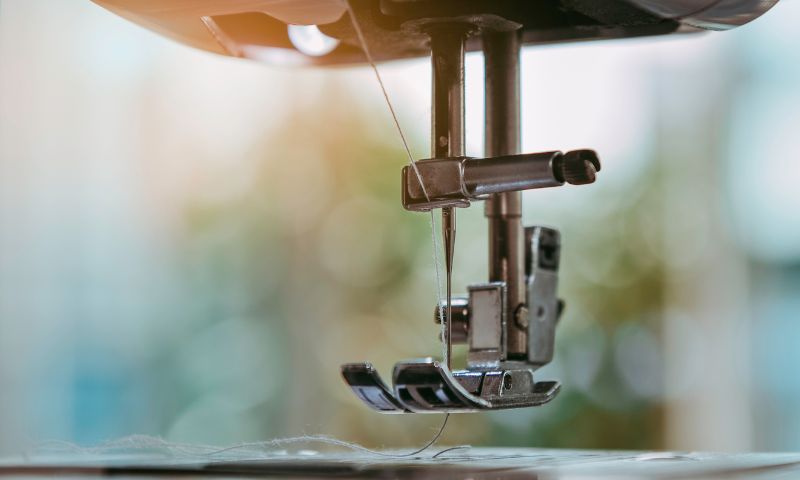Signs It’s Time To Upgrade Your Sewing Machine

Like any other tool, your trusty sewing machine isn’t impervious to the wear and tear of constant usage. You might hear a jarring clink or a clank here and there or have the occasional broken needle. But when is it time to throw out the old and bring in the new?
Let’s explore the signs that undoubtedly tell you it’s time to upgrade your sewing machine.
You’re Constantly Facing Malfunctions or Repairs
While sewing machines can be finicky, manufacturers usually build them to last. However, if you find yourself wrestling with issues like skipped stitches, thread jams, or the machine refusing to power on, it’s worth considering an upgrade.
An occasional hiccup is normal, but consistent malfunctions interrupt your workflow and could point to deeper problems within the machine’s mechanisms. Not to mention that consistent repairs can also become a financial burden. One of the benefits of investing in a high-quality sewing machine and getting an upgrade is that it lasts longer, needs less servicing, and gives you more bang for your buck.
You Want To Be Able To Take On Larger Projects
Traditional domestic sewing machines are for small- to medium-sized tasks, and pushing them beyond their limits leads to subpar results and can seriously damage the machine. An upgraded machine, such as a long-arm quilting machine or a heavy-duty model, can easily handle larger fabric pieces and thicker materials.
These machines often come with bigger workspaces, extended tables, and other features that allow them to handle big projects easily. If you’re longing to delve into the world of quilt-making or fancy creating some beautiful drapes for your home, consider that a sign it’s time to upgrade your sewing machine.
You’ve Noticed That the Stitches Are Inconsistent or Wonky
If you notice loose, skipped, or uneven stitches despite using the correct settings and quality thread, it might be time to look for a new sewing machine. While occasional stitch issues can be due to minor factors like a blunt needle, consistent stitch problems indicate wear and tear on the machine’s internal parts. This is especially true if you’ve been using the machine heavily.
The tension disks might not function correctly, or the feed dogs could be worn out. An upgraded machine with advanced features like automatic tension and precision stitching can help you achieve consistently beautiful stitch quality.
The Fabric Keeps Getting Stuck in the Bobbin Case
If you frequently find the fabric stuck in the bobbin case, it’s a red flag that your sewing machine may need an upgrade. This frustrating issue could be a symptom of a misaligned or worn-out bobbin case, which affects machine performance and the quality of your sewing projects. It could also be due to a damaged feed dog not moving the fabric through the machine smoothly.
Upgrading to a new model with a durable bobbin system can solve this problem. Modern machines offer a jam-resistant top-drop-in bobbin or a clear-view bobbin cover, which reduces snagging and lets you monitor your bobbin thread supply.
The good news is an upgrade doesn’t mean an end but a new beginning. With a new machine, you open yourself to advanced features and enhanced performance that can transform your sewing experience and expand your creative possibilities.
Would you like to receive similar articles by email?


